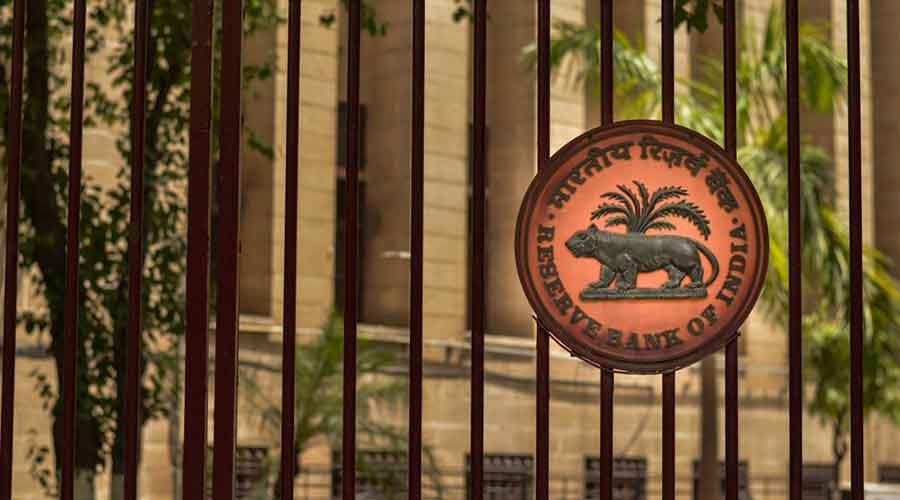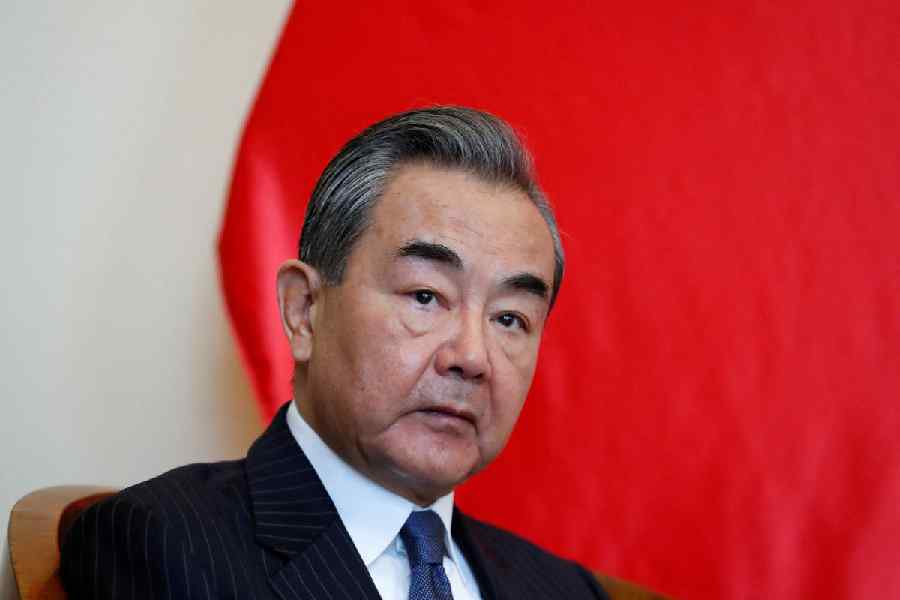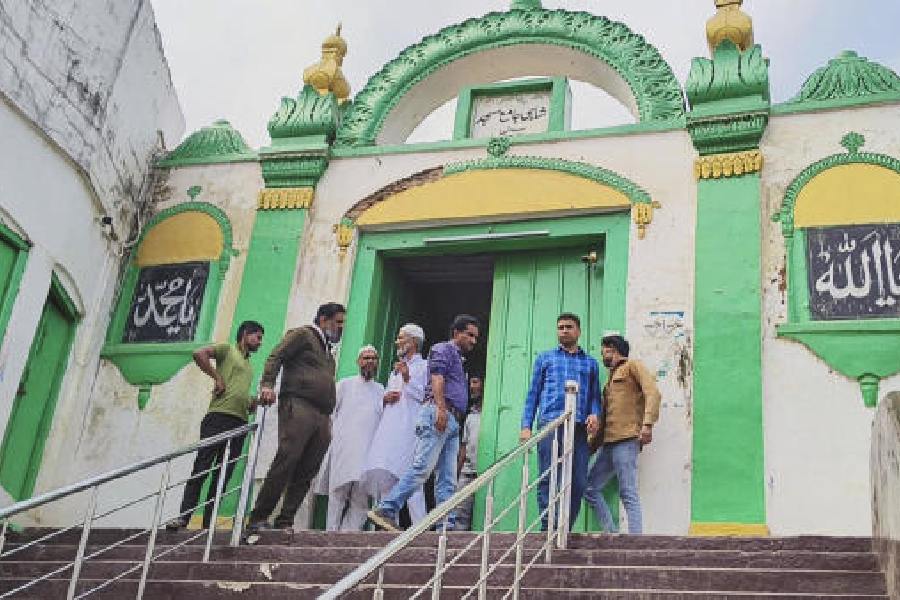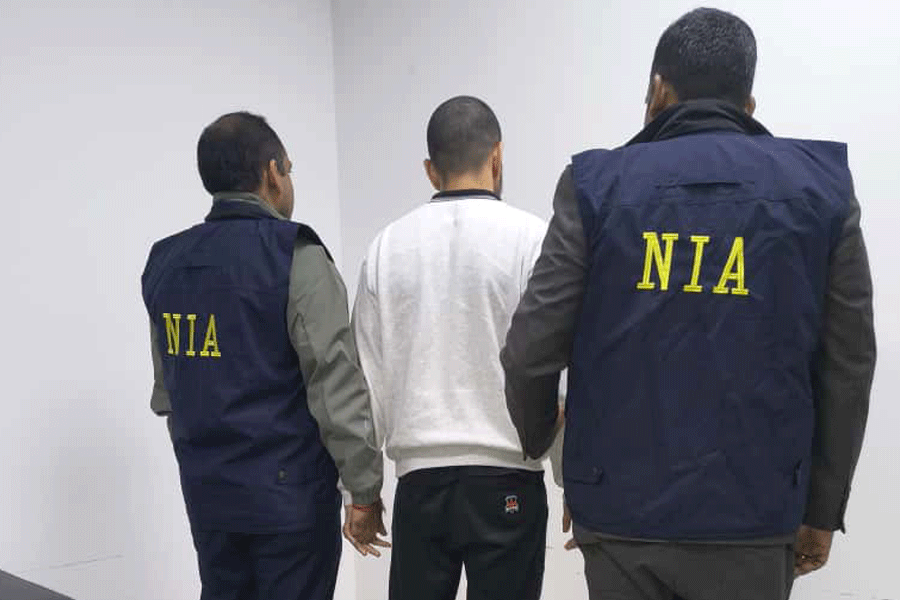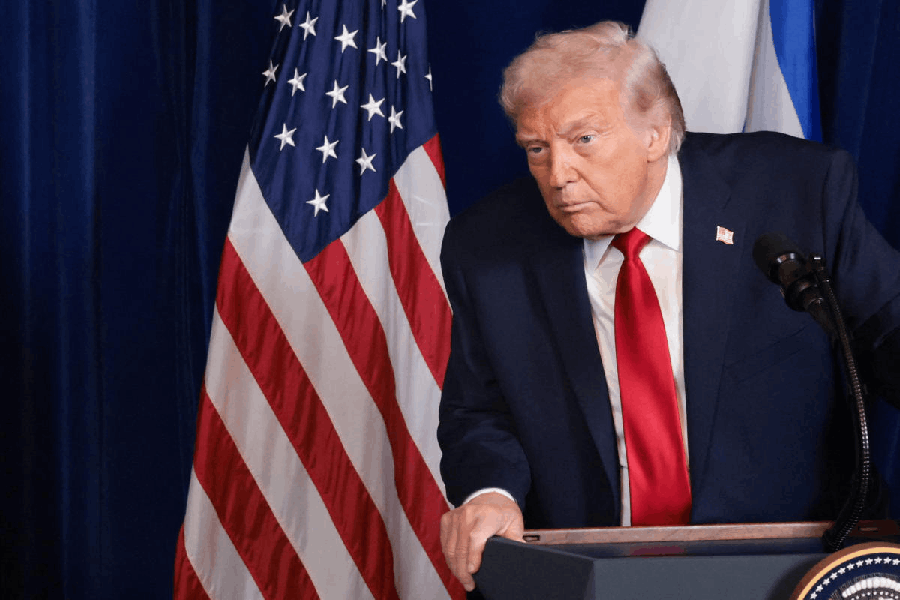The governor of the Reserve Bank of India has claimed that the Indian economy is coming back to normalcy after the easing of the lockdown. The prime minister had also claimed a few days earlier that green shoots of economic recovery are visible in India. According to these policymakers, the worst phase of Covid-19 is over for the economy. Their statements may have been made to boost the flagging confidence amongst consumers and investors, but they are not based on convincing figures. Data from the month of June 2020 are being used to compare the change from April 2020. This comparison is misleading since April was the worst month in terms of lost economic activity; any improvement would thus appear better. Data from the banking sector reveal that credit off-take after the policy announcements made by RBI continue to be very sluggish. Many businesses are finding the moratorium on repayment of term loans costly, since a later payment will mean a higher interest obligation in the future. Businesses, which are facing a lack of demand — especially in the luxury and non-essential consumer goods sectors — are unwilling to take fresh loans and build up their debt portfolio. Banks are also exceedingly wary of granting new loans because of a high probability of adverse selection. Shady businesses might exhibit opportunistic behaviour to obtain a loan without collaterals, and then default after a one-year moratorium on repayments.
Small businesses, which account for a quarter of India’s economic production employing more than 500 million workers, are the worst hit. More than one survey has shown that anywhere between 30 to 35 per cent of these businesses could shut down during the second half of the current year. Another recent study shows that 60 per cent of micro, small and medium enterprises in the creative sector like advertising, publishing, photography, design and performing arts have stopped functioning because of the pandemic. About a third of these businesses expect to lose more than 50 per cent of their estimated annual income. Unemployment remains unusually high at 11 per cent. Retail inflation (especially in food and fuel prices) has increased to over 6 per cent. This is higher than the tolerance limit of 6 per cent set by the RBI. There is a crucial difference between building the confidence of people in the economy and painting a rosy, but inaccurate, picture. Hopefully, India’s policymakers and leaders are aware of that difference.


